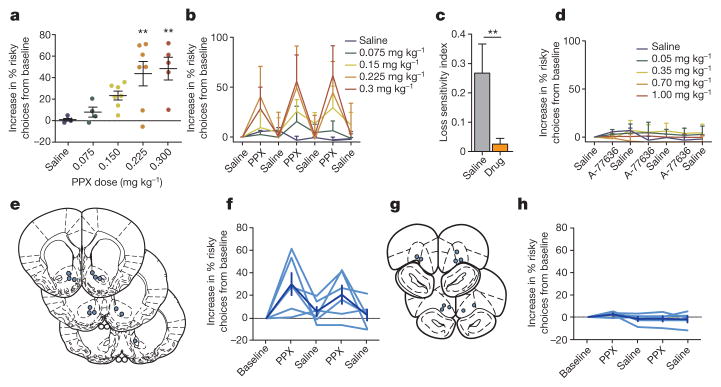Figure 2. D2R agonist in the NAc increases risk-seeking behaviour in rats.
a, Points represent a rat’s mean risky choices across 3 days of drug administration. Systemic PPX administration dose-dependently increased risky choices (Pearson’s r2 =0.49, P < 0.0001; in order of increasing dose, n = 5, 4, 7, 7 and 5 rats); doses ≥0.225 mg kg−1 significantly increased risk-seeking (one-way ANOVA, F4,25 =6.115, P =0.002; Bonferroni’s multiple comparison post-hoc test, **P <0.01 for both 0.225 mg kg−1 and 0.3 mg kg−1; n = 4–7 animals per dose, as above). b, This effect was reversible across days (n = 4–7 animals per dose, as above). c, In rats in which PPX significantly increased risk-seeking, it also decreased loss-sensitivity (t-test, t10 =3.89, **P =0.003). d, The D1 agonist A-77636 did not alter risk-preference (one-way ANOVA, F4,27 =2.63, P >0.05; Bonferroni’s multiple comparison post-hoc test reveals no significant effect at any dose tested. In order of increasing dose, n = 5, 6, 6, 6 and 5 rats). e, f, Bilateral administration of PPX into the NAc increased risk-preference (n = 6 rats; repeated-measures ANOVA, F4,20 =4.455, P < 0.01). Injection sites are indicated on coronal diagrams as blue circles. g, h, Bilateral administration of PPX into the OFC had no effect on risk-seeking (n = 5 rats; repeated-measures ANOVA, F4,16 =1.307, P = 0.31). The effect of PPX administration into the NAc was significantly larger than the effect of administration into the OFC (two-way repeated measures ANOVA; interaction F4,36 =2.989, P = 0.03; Bonferroni post-hoc test; P < 0.05 on each drug administration day). Data are mean and s.e.m.

